Julian Ward: Why I’ll Never Go Back to Using Tube Amps Live
by Julian Ward
If I’m honest, I was surprised we got away with it. The first gig for a year because I was living abroad. A stand-in drummer who’d never met the singer before. No rehearsal. An outdoor gig with P.A. of unknown quality and size. A whole bunch of people I knew in the audience.
It may not have been the best time to try an entirely new rig I’d never even dabbled with live, but I’d decided this gig was the moment to dive in with a modeler-based setup. I left my trusty 100-watt tube head and 2×12 cabinet in the storage locker and took a Helix Rack as my carry-on for the flight home. I’d spent the weekend prior programming sounds and rehearsing songs. I was prepared, but nervous.
My view has always been that modelers aren’t designed for people like me. I get it, but I’m not interested. I don’t use effects. I did have a Cry Baby wah for a while when I was in a blues band, but that was a long time ago. I haven’t even had reverb on my main gigging amp since the late 1990s. My band’s setup has been stubbornly old-school for years: one guitar, bass, drums, and 4 vocals; loud backline; occasionally a bit of guitar and drums in the P.A. for a bigger gig; monitors strictly for the singer only. And 99% of the time, no sound engineer.
But we’re not a dive-bar punk band—we play Top 40 covers at smart, well-paid wedding and party gigs, the kind of band where a modeler-based setup should be ideal. But until very recently, I wouldn’t have even considered it and was doggedly carting my flight-cased tube amp in and out of the house for every gig.
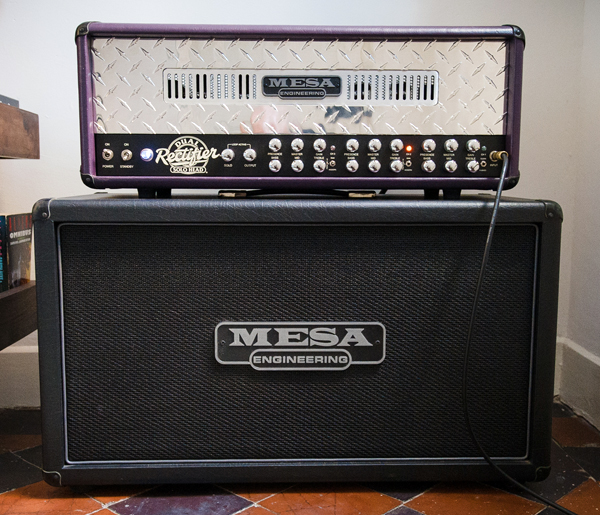
Aside from having zero interest in a big part of what you pay for with something like Helix (I do not want or need dozens of stompboxes), the biggest reason was that for me, and the rest of the band, backline is non-negotiable—it’s too baked into what suits the gigs we do and what we all feel comfortable with.
That’s not to say I was totally satisfied with my sound – there was often a little nagging something about my guitar sound that I’d change if I could, and I was pretty sure it was my amp. Maybe if I changed the tubes from 6L6s to EL34s? Maybe if I swapped the speakers, or tried a different cab? Or maybe I should just try out a totally new amp?
I know how this not-quite-satisfied feeling manifests itself—occasional tweaks during the gig the try to get it dialled in. So, when I came off-stage after a gig that should have been a nightmare and realised I hadn’t thought about my sound or touched my amp once, it hit me that I’d just experienced something big. But the key to it all wasn’t the talk-of-the-town Helix, it was the boring bit that people would rather not have to buy: the Powercab.
Good modelers have been around for a while. But if you wanted to use one and get close to enjoying its real benefits, you needed to fit into a pretty narrow way of working—namely, going direct. And for a lot of people, me included, that wasn’t an option. But with Powercab, the potential of something like Helix suddenly had value: I could have a backline setup that sounded, felt, and behaved like an amp, but had flexibility beyond anything possible in the analog world.
So how does this look for someone who doesn’t use effects? Isn’t a modeler-based setup with hundreds of effects blocks and thousands of presets a waste? No, and here’s why:
Multiple Amps. I grew up with 3-channel amps, so my worldview of guitar sound revolves around clean, crunch, and lead. My tube amp has a bunch of different modes for the channels, but only one of them is killer; the other two sounds are … fine. I set up my Helix like an amp, so the top bank of my Helix Control foot controller is effectively my channel footswitch, only now my four channels are totally different amp models, each one of them my ideal version of clean, light crunch, heavy crunch, and lead.

Effects if I want them. I’ve never felt the need to own a single stompbox and never used any effects with my tube amps, but having them available with no extra gear, need to worry about the sound changing when I use my effects loop, and no extra expense has led me to try out a few things. I now have a little compression on the lower gain channels and a touch of room reverb on all four. I even have phaser, compression, and delay on a couple of channels—not that they get used much.
Flexibility. It’s plenty loud enough for backline-only gigs, but when I do need a bit of guitar in the P.A., I can go straight out of the Powercab XLRs and get a great miked-up sound. It’s a small thing, but not needing to even think about miking my cab is nice—I always found my 2×12 cab hard to mike up and get a sound that’s anything like what I was hearing in the room.
Convenience. I can carry my whole gig setup in one trip from the car, guitars and all. No further comment required.
Control. One of my biggest fears about moving to digital was that I’d feel like I couldn’t get to what I needed to—the Helix Control floorboard is awesome and goes a long way to allay those fears. The combination of the big display, scribble strips, and RGB switches really helps it feel like an analog setup and not something that’s hidden behind displays and menus. Only needing a single cable to the front of the stage, and no power, is also pretty cool.
The one thing that isn’t really a topic is how it sounds. With the latest generation of modeling, we’re well past the “does it sound as good as tubes” conversation. But it doesn’t sound like my 2×12 tube amp and no, it doesn’t sound like amps the models are based on. That’s because Powercab sounds like, well, Powercab. It’s a 1×12, so it sounds like a 1×12 (a cab size I really like) and no amount of clever modeling can make a 1×12 sound like a different cabinet. While I don’t have those four amps, I do have pretty much the most amazing 4-channel 1×12 combo imaginable. And something that’s impossible to recreate with analog gear, certainly in anything like an affordable, manageable setup. But how does it actually sound? Awesome, and like no amp I’ve ever played.
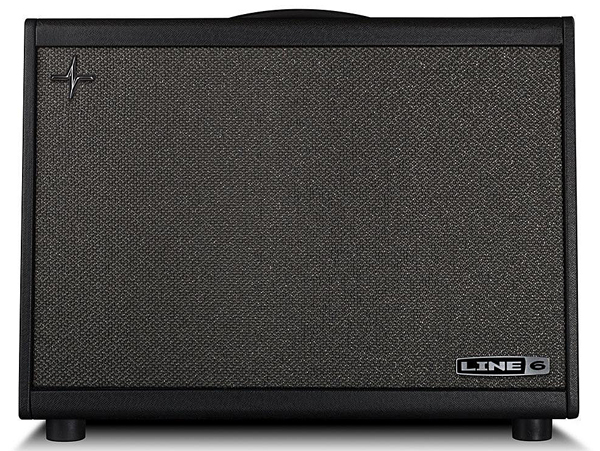
There are a couple of caveats though:
You have to be okay with paying for stuff you don’t need. There are a ton of features and functions on Helix that I won’t use and simply don’t care about—but the bits I do use are worth the total cost. Just having Helix Control as my footswitch is worth a fair amount.
You have to be prepared to build some sounds from the ground up. I initially tried using a sound I’d made on headphones and just turned the Helix speaker simulation off. It sucked, and the factory presets were no better. But by starting from a blank preset and building the sound up piece-by-piece, through a Powercab and at “amp volume,” I was able to make sounds I was really happy with.
You have to be ready to let go of your amp as an object of desire. This was a hard one for me, because I like amps as physical things. All of my heads are custom colored and I had to wait six months for my main amp because I special ordered it in purple leather. There’s no getting away from the fact that a Helix and Powercab rig doesn’t quite have that mojo.
But if you can get over these things and suspend your skepticism for a minute, not to mention rustle up the cash for what is a fairly significant purchase, you might get a peek into something pretty amazing.

Merriam-Webster defines a paradigm shift as the change that happens when the usual way of doing something is replaced by a new way. The term is overused in business, but they do come along from time to time. I no longer record on Ampex 456 tape, I no longer play music in my car on CD, I no longer take most of my photos on an SLR loaded with Kodak film, and I no longer need to print out the directions to gigs.
I did, however, choose my digital SLR to take the pictures for this article, because while my phone is good for taking vacation photos, it doesn’t come close when I need some control. And that’s the point about my tube amps. There’s zero chance of me selling them, but with a few Powercab and Helix gigs under my belt now I can’t see myself dragging any of them to a gig any more than I can see myself carrying a five-pound camera around the streets of wherever I next find myself on vacation.
Powercab is the final piece of a puzzle: it gives the first glimpse of digital making more sense than analog for most guitarists when they’re playing live. It’s early days, but I’ve got an eerily similar feeling to when I got my first iPod. I think my paradigm just shifted.
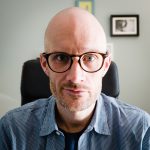
Julian Ward is Global Guitar Strategy Manager for Yamaha Corporation. He has been playing live shows since he was 14, mixed hundreds of live gigs, and engineered records in commercial studios and converted houses.
Related posts
Leave a Reply
You must be logged in to post a comment.
By submitting your details you are giving Yamaha Guitar Group informed consent to send you a video series on the Line 6 HX Stomp. We will only send you relevant information. We will never sell your information to any third parties. You can, of course, unsubscribe at any time. View our full privacy policy

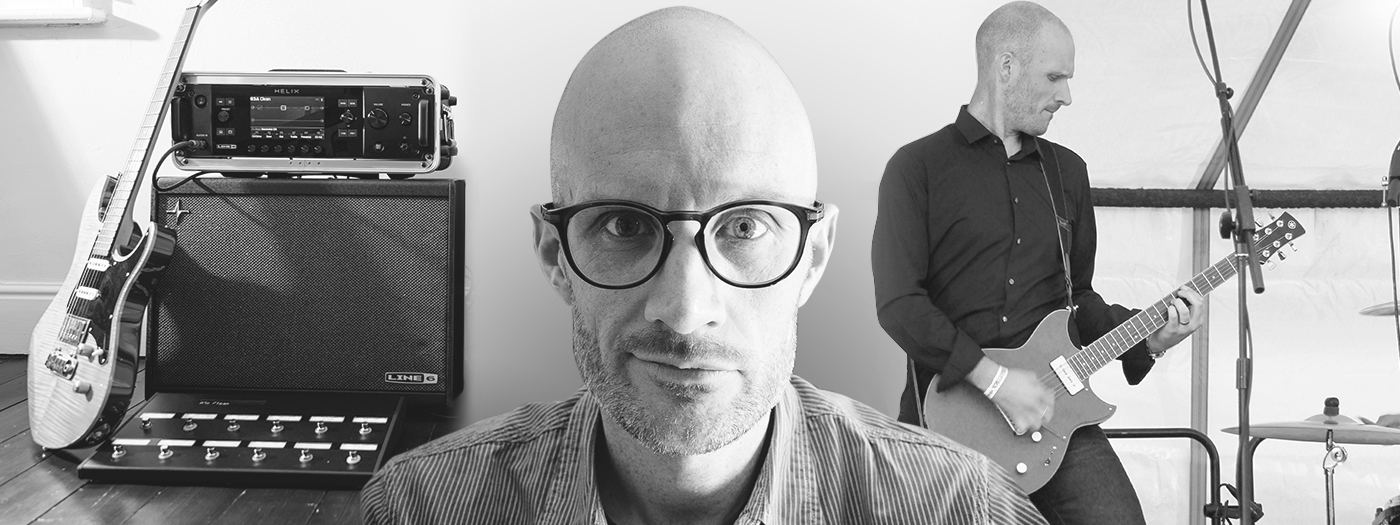
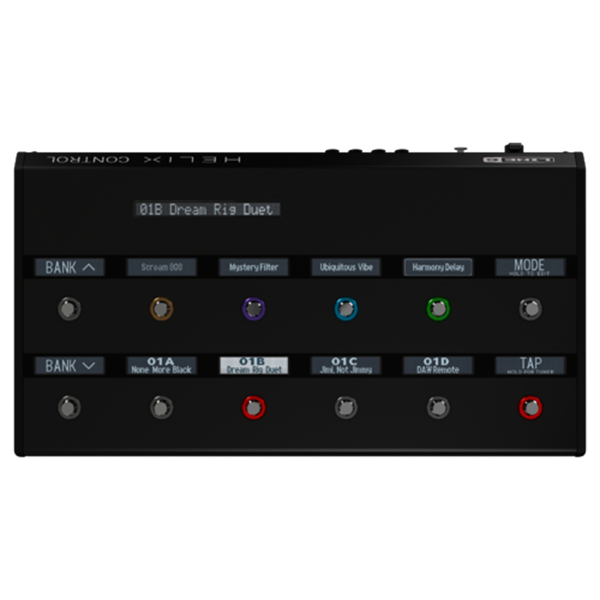
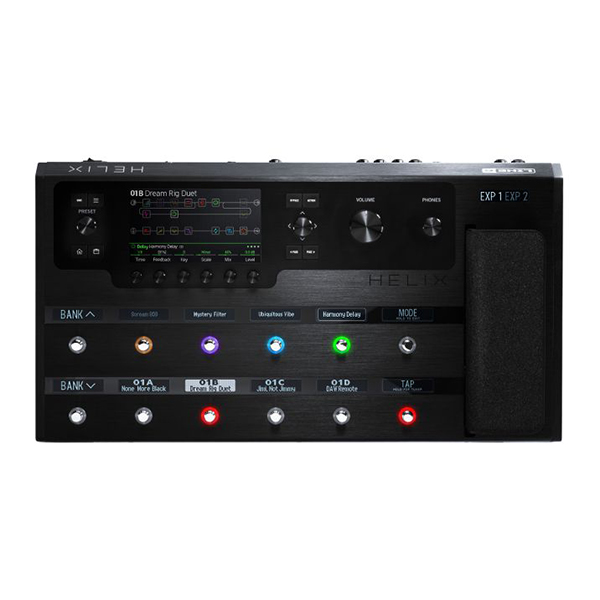
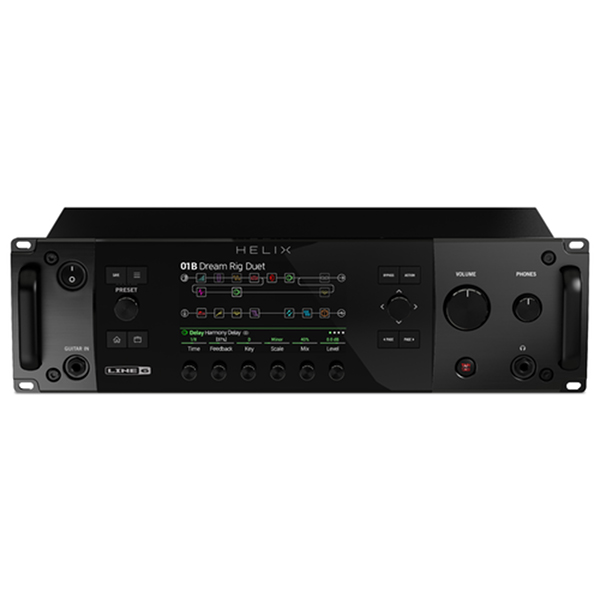
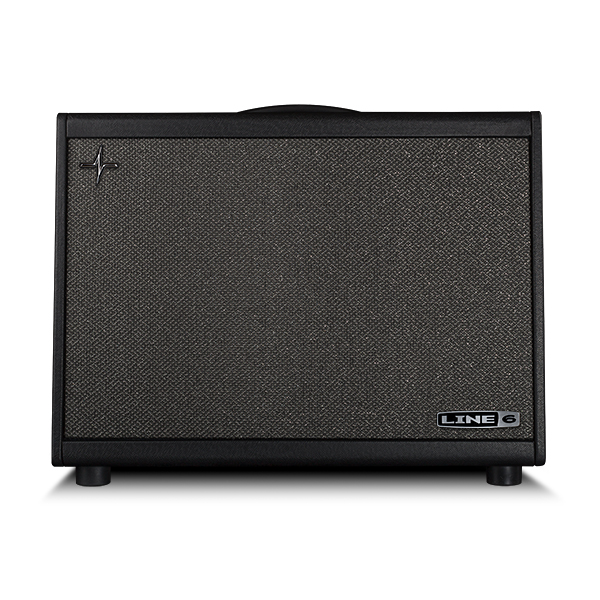
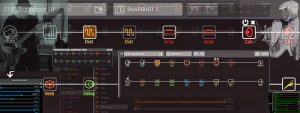
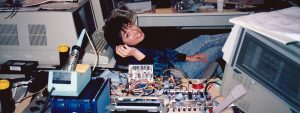
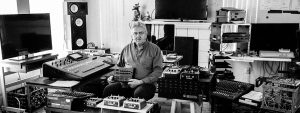
Great Article. So your saying Power Cab is the key.
I have had a similar experience. I have been playing Mesa Boogie amps since the 80s. And yeah, I love the amps. But I got tired of the cost of maintenance and the endless heavy lugging. Towards the end I used Eleven Rack and a midi foot controller to get my sounds.
I was not initially a fan of Line 6 sounds. I had played through one or two of their early amps and didn’t care for the sounds I heard. But when I tried out Helix in a music store, I knew they had made a huge leap. I use Helix Floor because I wanted the entire thing in front of me in one unit. Was sick of the rack.
And then I made the leap to Variax because I wanted the flexibility of sounding like different instruments without having to lug, tune and maintain them all (to say nothing of BUYING them all!). And then there are alternate tunings!
At this point I have a different patch for every song I play (some are just copied from other songs though), and if I need a particular guitar or a particular tuning, the Helix patch just tells the Variax to do that.
Are my Helix sounds absolutely perfect compared to tube amp sounds? No. Could I get better sounds by buying the ACTUAL amps and guitars for each different sound I need? Sure. Could I afford all that? No way. Could I deal with the lugging and the maintenance? NOPE! Helix and Variax together are a wet dream for a cover band musician. I would feel the same way if I was doing all original music though.
I also have a Power Cab 1×12. I have not even begun to tap into the possibilities of using IRs in the Power Cab. So far I am just using it as an FRFR and it’s okay for that. In my smaller band I typically run straight to the board and use in-ears rather than the power cab. In my 12-piece band I definitely need the Power Cab. Can’t trust that I’ll get a good monitor mix.
Here are a couple of potential down-sides to consider:
1) I always bring backups to gigs. That means backup guitar in case I break a string mid-set, and a backup amp in case something fails at a gig. It happens. Well, the cost of keeping 2 HELIX units is fairly hefty. Then you have to make sure that every time you tweak patches in the main unit, you have to copy that to the backup unit.
2) My biggest problem is I have not yet mastered volume leveling across patches. I wish I was a full-time musician so I could spend all day on this stuff and really pin it down. Once you get a Helix, you need to plan on spending a LOT of time really experimenting and learning. The possibilities are nearly limitless!